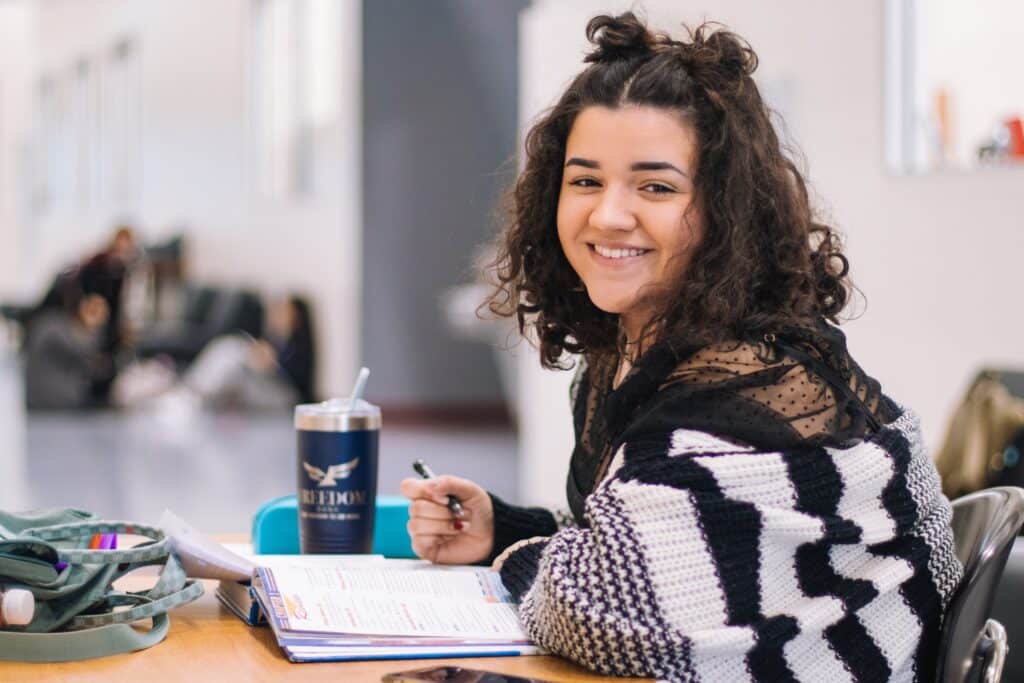If you’re like me, you are one of the more than 40 million people in the United States (U.S.) saddled with federal student loan debt averaging more than $37,000.
Since the beginning of the COVID-19 pandemic in March 2020, a lot of us have been granted some relief under the CARES Act of 2020 through paused payments and 0% interest.
In October 2021, the U.S. Department of Education (also known as Education Department, or ED, the federal agency in charge of holding our loans) announced a series of changes to the Public Service Loan Forgiveness (PSLF) Program.
That’s because very few had their student loans forgiven or canceled through the PSLF. In fact, this program has often been criticized for failing to live up to its name. In 2018, research showed that 99% of PSLF applications for forgiveness under this program were denied.
In October of 2021, the Department of Education announced an easing of rules to make it easier and simpler for those applying for forgiveness under PSLF. However, confusion between the ED and federal loan servicers (another story) has complicated the process.
We’re breaking it down for borrowers here. As of early 2022, you may still benefit from this program. Let’s take a deeper look at the new rules, the types of eligible loans, and all the eligibility requirements.

How Does Public Service Loan Forgiveness Work?
Congress created the PSLF program in 2007 to encourage public service. The premise is somewhat simple: after steady employment for 10 years, public service workers who made valid federal student loan payments for those 10 years were eligible for forgiveness. In other words, the ED would forgive the leftover balance on your loan.
In reality, it’s not that simple.
First, “public service” carries some caveats. As defined by the U.S. Department of Education: “if you are employed by a U.S. federal, state, local or tribal government or not-for-profit organization, you might be eligible for the Public Service Loan Forgiveness Program.”
Second, you must also work full-time for that qualifying agency or organization. You can transition from a government agency (local, state or federal) to another government agency or non-profit organization and still qualify for PSLF.
Third, you must have federal direct loans. In my case, one of my loans, a “Graduate Plus Loan” does not qualify for forgiveness. If you have “Direct Subsidized Loans” or “Direct Unsubsidized Loans”, they qualify under PSLF.
Fourth, you must make 120 qualifying payments. A qualifying payment is any monthly payment made: after October 1, 2007; under a qualifying repayment plan; for the full amount shown on the bill; no later than 15 days after the bill is due; and while you are employed full-time by a qualifying employer.
If you are in a deferment, grace period or forbearance—you can’t make a qualifying loan payment and that period of time doesn’t count towards your PSLF eligibility.
Do I Qualify for Public Service Loan Forgiveness?
There are roughly 35 million jobs in the U.S. that qualify under the PSLF program. You may be eligible for this program if your job falls under the previously discussed “public service” category. Those working in the private sector, labor unions, partisan political organizations, and other for-profit organizations (including for-profit government contractors) do not qualify.
To recap, this is what it takes to qualify for PSLF, as taken directly from the government’s student aid website:
“You must:
- be employed by a U.S. federal, state, local, or tribal government or not-for-profit organization (federal service includes U.S. military service);
- work full-time for that agency or organization;
- have Direct Loans (or consolidate other federal student loans into a Direct Loan);
- repay your loans under an income-driven repayment plan*; and
- make 120 qualifying payments.”
*This provision will be waived through October 31, 2022, as part of the limited PSLF waiver. Learn more. This is not a final due date for PSLF, but it is the end of the waiver period.

How to Apply for Public Service Loan Forgiveness
If you do qualify, you can apply online. Follow these steps:
- Fill out an application
- Provide your employment history
- Obtain proof of employment, such as pay stubs
- Contact current and previous employers for a signature from HR
- Submit all materials
For more information, you’ll find the steps outlined clearly at this federal U.S. student loan website.
Are There Other Types of Student Loan Forgiveness?
As of this writing, the pause on student loan payments is set to expire May 1, 2022. Though many hope for widespread student loan forgiveness or cancellation, there’s no guarantee of that happening.
Even if you don’t qualify for public service loan forgiveness, you may qualify for other types of student loan forgiveness. For example, if you’re a teacher, you may qualify for another program to get your loans forgiven.
If any of these apply to you, you may be eligible for partial or total loan forgiveness:
- If your college or university closed while you were enrolled or shortly after you withdrew,
- If you had a Perkins Loan,
- If you have a permanent disability or
- If you were misled by your school or didn’t get the educational services you were promised.
Understanding the PSLF Waiver
The ED is offering a temporary waiver that borrowers can complete by October 31, 2022 if they would like to have previous payments, regardless of repayment plan or loan type, counted towards PSLF. If you were denied before due to your federal student loan type, you should qualify now if you meet the other eligibility criteria. You will still need to fill out the necessary paperwork and verify your eligibility with your employment records.
The Department of Education estimates that more than half a million borrowers will be impacted by the waiver.
Here’s the reason for the waiver.
The only federal loans qualifying for PSLF are those provided by the William D. Ford Federal Direct Loan (Direct Loan) Program.
In other words, other common federal student loans do not qualify borrowers for PSLF. These include the Federal Family Education Loan (FFEL) Program and the Federal Perkins Loan (Perkins Loan) Program.
Borrowers with those other loans needed to consolidate them into a new Direct Consolidation Loan. Then, the clock essentially restarted. Only qualifying payments on the new Direct Consolidation Loan could be counted toward the 120 payments required.
Fortunately, the waiver addresses this. Now, if you consolidate other federal student loans into a Direct Loan before October 31, 2022, you may be able to receive qualifying credit for payments made on those loans through the limited PSLF waiver. Learn more.
The government provides a PSLF Help Tool to show you whether you need to consolidate some or all of your student loans.

Preparing for Repayment
If you are currently a student, your institution may have resources tailored to your specific needs as a first-generation college student or as an international student. Consider reaching out and setting up an advising appointment to understand your options.
If you have recently graduated or are employed full-time, you may also contact your college or university to ask for help and resources. The best advice I received after graduating was to begin making payments as soon as possible and not take advantage of the six-month grace period after graduation.
As soon as you are employed, apply for an income-driven repayment plan through your student loan servicer.
Depending on your monthly student loan payment amount, you may want to consider building a budget (click here for Remitly budgeting resources). And once you have secured that public service job, begin making consistent payments towards your loans and assume that you qualify for PSLF.
Further Reading: Spring Cleaning with Your Finances: 3 Steps for a Fresh Start